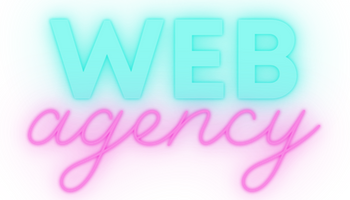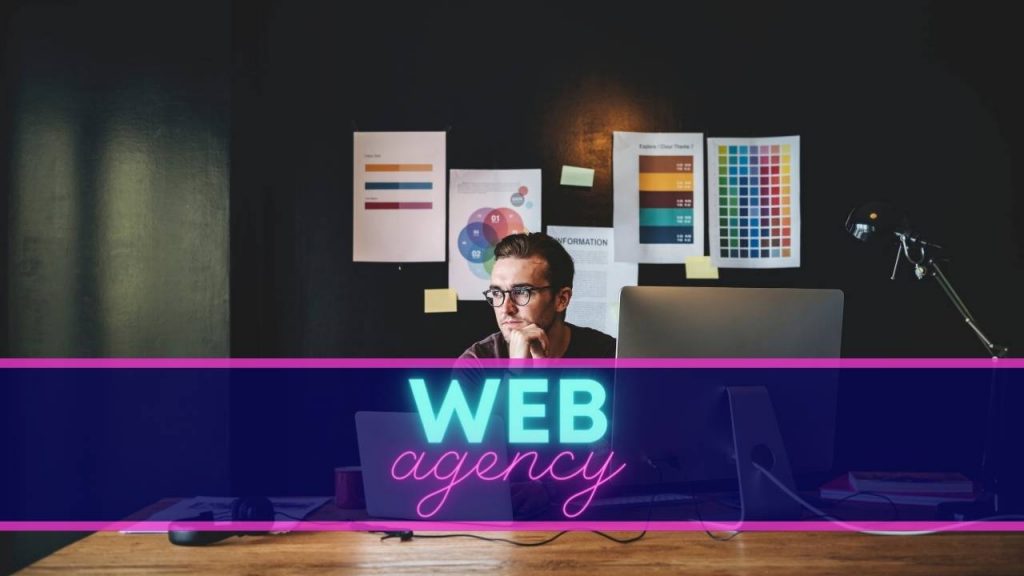When it’s time to create communication materials for your company, the choice of graphic designer is crucial. But then the question arises: should you recruit a graphic designer in-house as an employee, or call in a freelancer? Each of these options has its advantages and disadvantages. In this article, we’ll explore the different aspects to consider when making the choice that’s best suited to your company and your graphic projects.
What are the advantages and disadvantages of hiring a salaried graphic designer?
Here are the advantages and disadvantages of hiring a salaried graphic designer:
Advantages :
Hiring a salaried graphic designer has several advantages. First of all, as an employee, the graphic designer is entirely dedicated to your company, which means he or she can work on a wide variety of projects, from logo creation to document layout and illustration. What’s more, by being integrated into the team, the salaried graphic designer can collaborate more easily with other members of the company, and take part in strategic meetings and discussions.
Disadvantages :
Hiring a salaried graphic designer, however, can also have its drawbacks. First of all, the costs associated with hiring an employee are higher than those of a freelancer, as they include social charges, benefits, equipment and training costs. What’s more, if the company’s graphic design projects are seasonal or fluctuate according to need, the salaried graphic designer may find himself with downtime, which can be detrimental to the company. Finally, if the salaried graphic designer leaves the company, it can be difficult and costly to find a competent replacement.
What are the advantages and disadvantages of using a freelance graphic designer?
Hiring a freelance graphic designer also has its advantages and disadvantages.
Advantages :
Hiring a freelance graphic designer also has its advantages. First of all, the cost of the service is often lower than that of a salaried employee, as there are no social security contributions or equipment costs to anticipate. What’s more, a freelance graphic designer can be more flexible and responsive than hiring an employee, since he or she can work on an ad hoc basis and be available for specific projects. Finally, a freelance graphic designer can bring a fresh, creative eye to the company’s projects.
Disadvantages :
However, there are also disadvantages to using a freelance graphic designer. Firstly, the freelancer may be working on several projects simultaneously, which can make project planning and management difficult. In addition, communication between the company and the freelancer can be more difficult, as the latter is not present in-house and has to work remotely. Finally, freelance graphic designers may not be as dedicated and involved as salaried graphic designers, as they don’t have the same benefits or sense of belonging to the company.
How to choose between a salaried and a freelance graphic designer?
The choice between a salaried graphic designer and a freelance graphic designer depends on the company’s needs and its financial and operational constraints. To make an informed decision, there are a few essential elements to consider.
Determining your company’s needs
To determine your company’s needs, consider the frequency of graphic projects, their scale, importance and impact on your company’s image. It is also essential to define a budget and consider the costs associated with hiring an employee or working with a freelancer. Once these elements have been taken into account, it is possible to determine whether a salaried or freelance graphic designer best suits the company’s needs.
Evaluating the graphic designer’s skills
To assess the graphic designer’s skills, consult his or her portfolio, references and technical skills. It’s also important to ensure that the graphic designer has a good understanding of the company’s needs and identity. To this end, it may be a good idea to ask questions about his or her experience and way of working. In all cases, carry out a trial period or test project to assess the quality of the graphic designer’s work.
Managing collaboration with a salaried or freelance graphic designer
To manage collaboration with a salaried or freelance graphic designer, clearly define objectives, deadlines and expectations from the outset of the project. Also set up regular communication to make sure the project is moving in the right direction and to avoid misunderstandings. If the graphic designer is an employee, give him regular feedback on his work and provide him with training and resources so that he can continue to develop. If the graphic designer is a freelancer, also give him or her a contract specifying the terms of the collaboration, the amount and terms of payment, as well as the conditions of use of the creations produced.
What choice should you make for your business?
When it’s time to recruit a graphic designer for your company, you need to consider various criteria to make the most suitable choice.
What criteria should you consider to make the most suitable choice?
First, you need to determine your company’s specific graphic design needs, take into account the projects to be carried out, their frequency and scale. You need to consider the budget available, as well as the costs associated with hiring an employee or working with a freelancer. In addition, consider the graphic designer’s technical skills, creativity and adaptability.
.
How to make the best choice for your business and your graphic design projects?
To make the best choice for your company and graphic projects, carry out a complete analysis of the criteria mentioned above. It may be useful to conduct interviews or test projects to assess the graphic designer’s skills and creativity. In addition, keep abreast of market trends and technological developments to stay at the cutting edge of design. Finally, it’s essential to define clear communication with the chosen graphic designer, respect deadlines and expectations, and provide constructive feedback for a successful collaboration.









